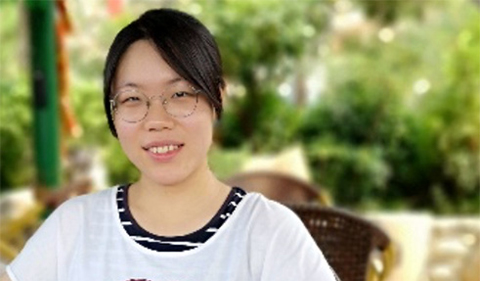The Molecular and Cellular Biology Seminar series features Shiyu Yuan discussing “Effects of Gravitational Changes on the Bone System” on March 16 from 4:35 – 5:55 p.m.
- Contact Dr. Sarah Wyatt, MCB director, for Teams information.
Yuan is a graduate student in Biological Sciences at Ohio University and a member of the Molecular and Cellular Biology program.
Abstract: Bones are not unchanging calcium structures; they constantly reshape themselves in relation to the stress that is put on them. Long-term exposure of microgravity (μG) by spaceflight and bed rest on the ground result in severe osteoporosis whereas mechanical loading by exercise recovers the bone mass1. Thus, mechanical force plays a critical role in bone metabolism. Bone metabolism is precisely maintained by the balance between osteoclastic bone resorption and new bone formation by osteoblasts. Osteoclast is a multi-nuclear giant cell differentiated from macrophage lineage cells and possesses the bone-resorbing activity, while osteoblast controls bone formation and mineralization. Studies showed that short-term period (18–22 days) of exposure to microgravity affects skeletal tissue dynamics in rat aboard different space flights. These experiments revealed a reduced osteogenesis and new bone apposition in the weight-bearing bones (femurs and tibiae). Moreover, the rate of osteoid maturation and the degree of mineralization in these bones was diminished2. The bone growth reduction could be associated with a failure of differentiation of osteoprogenitor cells and their conversion to osteoblasts. On the other hand, Tominari et al. reported that artificial produced 2G hypergravity on mice for 2 weeks elevated the bone mass including humerus, femur, tibia and calvaria by the increased expression of osteogenic genes in mice3. The study of how bone tis-sue responds to gravity variations is essential, not only for space flight effect research but, more than ever, in our contemporary ageing society in which bone pathologies become a ma-jor medical problem in the most elderly people.




















Comments